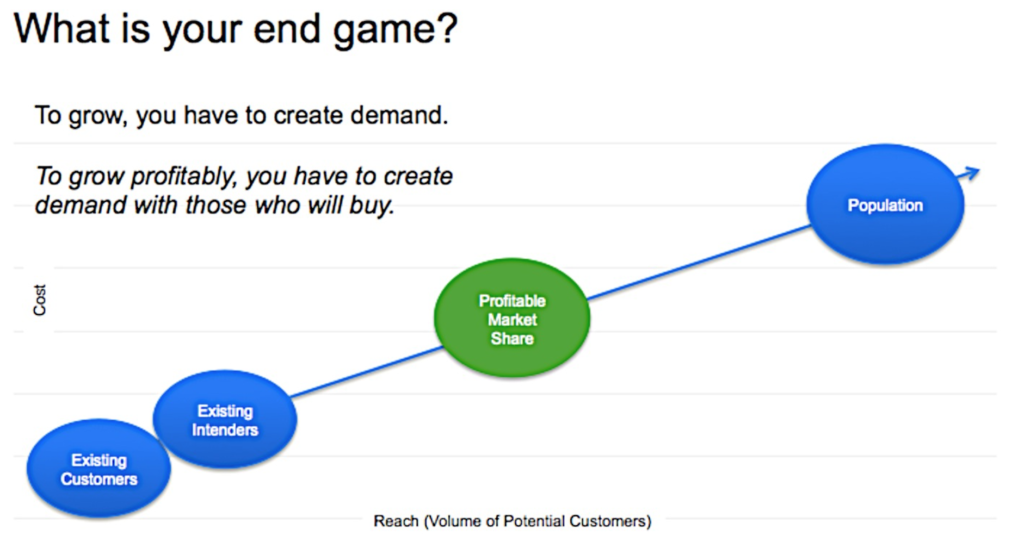Acquire sales and marketing language and convert into a mindset. What language is used at what stage in the customer journey?
Step 4: Acquire sales and marketing language and convert into a mindset. What language is used at what stage in the customer journey?
Acquiring sales and marketing language and converting it into a mindset involves a deep understanding of how language affects mindset and how it is used at each stage of the customer journey. The process of converting language into a mindset is important because it can provide valuable insights into a company’s approach to customer acquisition and retention.
The first step is to understand the language used by the marketing and sales teams at each stage of the customer journey. At the top of the funnel, marketing language should be designed to attract and engage potential customers by emphasizing the benefits of the company’s products or services, or by positioning the company as a leader or innovator in the industry. As potential customers move further down the funnel, the language used by the sales team becomes more focused on closing the sale by addressing any objections or concerns the customer may have.
In order to convert this language into a mindset, it’s important to analyze the specific words and phrases used by each team at each stage of the customer journey. This can be done through a content analysis using language psychology of mindset types, or by conducting mindset psychology audits with sales and marketing team members. By gaining a deeper understanding of the team’s approach to customer engagement, companies can develop a mindset that reflects their values, mission, and goals.
Once the language has been analyzed, it can be translated into a mindset that resonates with the target audience. This might involve identifying key mindset themes or messages that are consistent across all stages of the customer journey and developing a set of guiding principles or values that reflect these themes. For example, a company might develop a mindset that emphasizes results-driven thinking and use this mindset type to reach results thinkers. However, it’s important to keep in mind that a results message will not work well with an opportunistic reader. Diluting the message will turn off everyone. It’s essential to tailor the message to the specific mindset of the target audience.
In summary, acquiring sales and marketing language and converting it into a mindset is a crucial step in developing a customer-focused and results-driven sales and marketing strategy. By understanding the specific language used at each stage of the customer journey and translating it into a mindset that reflects the company’s values and goals, companies can better engage with potential customers and drive revenue growth. Removing the noise and focusing on the future is key. If companies get the message right and understand the mindset of their audience, they have taken the first and best step towards growth.
